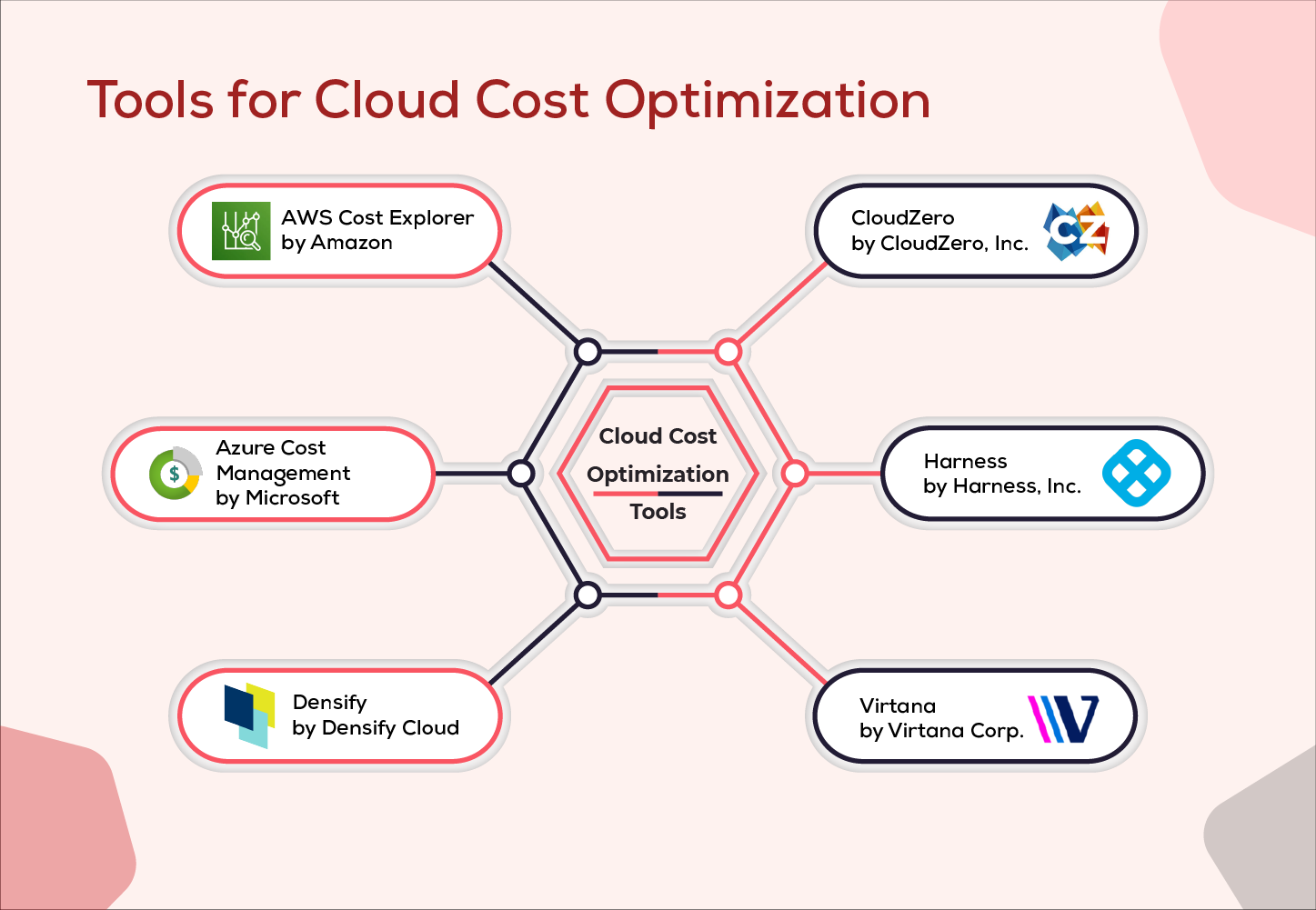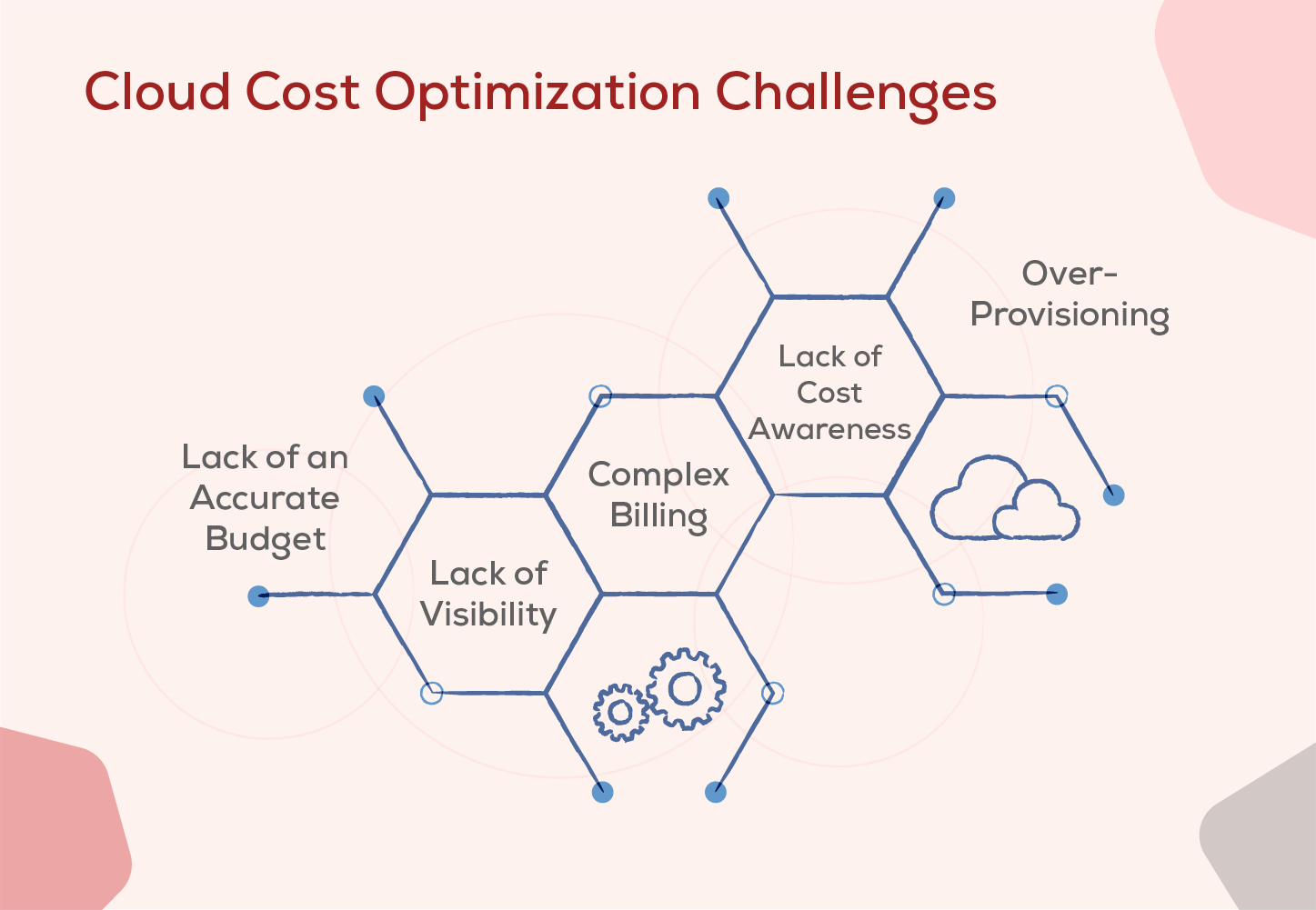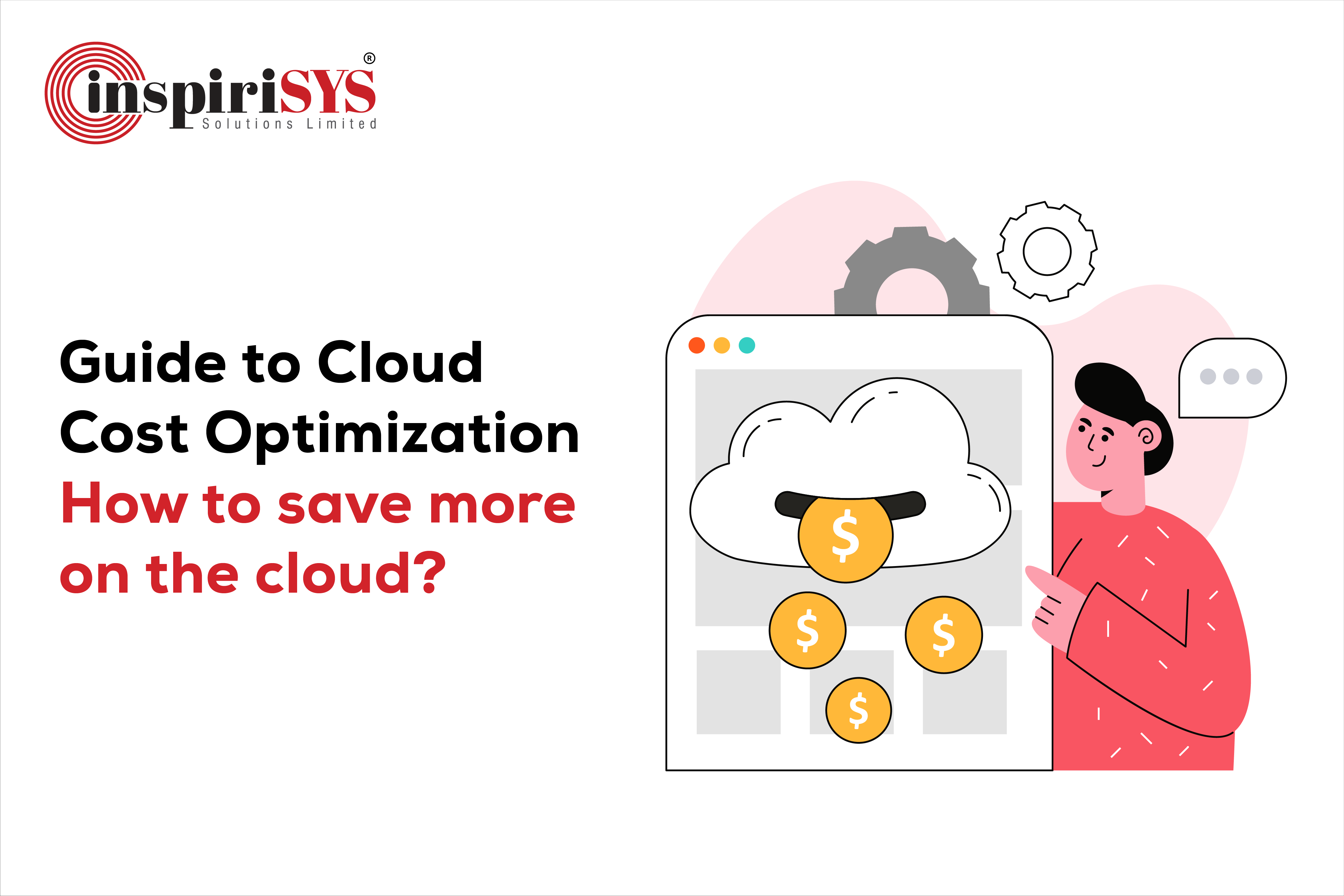Is there anyone who doesn’t love to save money?
Here comes an intriguing article that talks about cloud cost optimization that helps you save the amount spent on the cloud while aligning with business goals. Let’s delve into the topic and learn more!
Cloud Cost optimization simply refers to the procedure of reducing the cost of the cloud. It incorporates a set of cloud monitoring tools, strategies, techniques and best practices that help to reduce costs and enhance business value. The cloud provides scalability and flexibility. If not handled properly, it can lead to higher costs. By enforcing cloud cost techniques, organizations can prevent overspending. The main focus of Cloud Cost Optimization is to make cloud efforts efficient and curtail costs. Before getting further, let’s take a look at the reason for cloud waste. It includes the unavailability of automation, underused assets, and inadequate data storage.
Why does Cloud Cost Optimization Matter?
Cloud Optimization plays a vital role in companies. It has numerous benefits that include raising productivity, decreasing cloud computing costs, improving performance in the cloud, and opening up new revenue streams.
Best Practices to Optimize your Cloud Costs
Below is the list of cloud cost optimization approaches to creating cloud optimization strategies. Here are the effective techniques to bring in the benefits of cloud cost optimization.
1. Find unattached and underutilized resources
One of the simplest ways to optimize cloud costs is to look for unattached resources. Generally, developers create new resources to take tests and forget to turn them off, resulting in idle resources. Continuous scanning and monitoring can quickly identify and flag such issues for operations teams when computing power is not being fully utilized.
2. Optimize cloud costs at each stage of the software development lifecycle
Usually, cloud optimization should be considered throughout the software development cycle where the team should be responsible for the budget. This approach helps them minimize unexpected spending so that the team can adjust the cost controls when needed.
3. Right-size computing service
Right-sizing involves examining computing services and optimizing their size for efficiency. This process includes identifying, reviewing, and modifying cloud resources. Besides cost savings, this approach can also enhance customer growth.
4. Automate cloud spend optimization
The process of identification, review and monitoring is time-consuming. This is where automation comes in and provides real-time insights into cloud usage and spending patterns, enabling organizations to make informed decisions about resource allocation, utilization, and capacity planning.
5. Proper storage solutions
Storage options are one of the most crucial components of cloud cost optimization. Both cost requirements and performance should be considered while selecting storage. Moreover, it is essential to ensure that unattached storage is removed, and underused storage is right-sized to optimize your storage strategy effectively.
Tools for Cloud Cost Optimization
These tools help us keep an eye on costs related to the cloud and plan the cloud budget. There are numerous cloud cost management tools but choosing the best tool can be a big task. So, let’s explore more about cloud management tools. Here we begin.

AWS Cost Explorer
AWS Cost Explorer is an in-built tool provided by Amazon Web Services. It allows one to analyze costs and usage. Cost Explorer can help you identify usage patterns and overspending, and even support you in reducing costs. Additionally, this tool helps us set budgeting alerts, which is an immensely useful feature. It also serves as a guiding hand on how to save money effectively.
Azure Cost Management
Azure Cost Management tool is an in-built tool and contributes to measuring, examining and inspecting cloud costs. Primarily, this tool is useful, especially to the finance department, because it helps them save money. According to various categories, you can even analyze the costs and expenses. Further, the recommendations provided here will help you take a look at where you can boost your efficiency. This helps reduce the cost of unattached resources.
Densify
This tool helps to identify vulnerabilities, raises alerts for overspending, and optimizes expenses effectively. Densify is flexible when working with various cloud environments. It works deliberately, be it a hybrid cloud, single-cloud architecture, or multi-cloud setup.
CloudZero
CloudZero is a cloud cost management software that efficiently tracks how, when, and where the cloud spends money, thereby preventing overspending. Moreover, it encourages engineers to be cost-conscious by actively monitoring costs across hybrid, private, public, or multi-cloud systems.
Harness
Harness is a platform that focuses on boosting cost transparency, governance and optimization. This tool helps in providing cost-effective visibility, especially to apps, environments and cloud services. Further, it provides suggestions for supporting data.
Virtana Optimize
This is a cloud cost optimization platform that provides numerous cloud cost management features. It guides you to identify unused capacities, resize them, analyse costs, and plan effectively to save money.
These tools help the business by keeping the monthly cloud bill and cloud pricing in check, reducing management overhead, and estimating expenses. Selecting the appropriate cloud cost management tool depends entirely on the company’s needs. Most of the tools listed here offer a trial period during which testing can be done. Therefore, pick up the right tool to avoid overspending.
Benefits of Cloud Cost Optimization
Now that we have a profound understanding of cloud cost optimization, let's explore its numerous benefits. These benefits give us a reaching hand in terms of delivering cloud customers and finance.
Organizations need to budget their utilization and demand to reduce storage costs. Hene, to manage cloud investments, cloud cost optimization strategies become important. To avoid unnecessary expenses, observing spending patterns is necessary. It assists us in pinpointing areas of company expenditure and identifying opportunities for saving money. In the second place, the finance teams can track where the amount is being spent. By doing so, cloud cost savings can be done. Most of the companies have unused applications, thereby reducing the efficiency of the technology and that is when cloud cost optimization gives ways to reduce cloud expenses.
Click here to learn more about the benefits of cloud cost optimization.
Cloud Cost Optimization Challenges
The first major issue that needs fixing is wasted cloud resources. According to the survey taken by Flexera in 2021, it was noted that companies wasted 32% of their cloud expenditure.

Lack of visibility - One of the major challenges faced by cloud cost optimization is the lack of cost visibility. In the absence of visibility, it’s impossible to view the cloud spending data accurately. However, investing in a tool can help you monitor the costs.
Lack of an accurate budget - The second common challenge is the lack of accurate budget controls. The organization may face higher risks if the budget is not set correctly. Enhancing cloud expenditure is of utmost importance, but it is a complicated process. The ideal choice is to select a cloud management tool to analyze the cloud resources.
Complex billing - Often, cloud billings are complex due to technical specifications, making them incomprehensible. Using complex billing impairs the situation further. Opting for the right tool allows us to navigate through bill costs effectively, eliminating any wasteful expenses.
Over-provisioning - Provisioning refers to the allotment of cloud resources. Generally, it is advisable to get the resources needed for the work. But that isn’t always the case. This leads you to pay for idle cloud resources. Therefore, one needs to select only the resources that the work requires. Some of the suggested ways you can reduce cloud expenses are – custom monitoring, right-sizing, and investing in a cost management solution.
Lack of cost awareness - Developers may not always be fully aware of the costs, potentially leading to higher expenses and overspending. Utilizing the right tool can help identify and address these issues while setting up budgeting alerts for better cost control.
To conclude, organizations can overcome these issues by adopting clear cloud cost optimization practices and utilizing analytics tools. Focusing on the challenges and proactively resolving them is crucial. Raising awareness of cost implications is essential for reducing cloud expenses. By addressing these challenges, organizations can strike a chord and gain better control over their expenses.
In a nutshell
Cloud cost optimization is an important function to minimize costs. The cloud cost management tools and cost indicators play a significant role in optimizing the budget. The practices and cloud monitoring tools give you an insight into cost savings. By following the above process, you will be able to increase security and visibility.
We have briefly covered the guide to cloud cost optimization and how to save more on the cloud. On the whole, be smart enough to reduce the cloud cost and select the perfect tool.
Frequently Asked Questions
1. Why do we need cloud storage?
Cloud storage is used to keep data safe, offering numerous benefits such as better control, ease of sharing, accessibility from multiple devices, and enhanced security.
2. What are the free cloud storage services available?
Though there are many free online storage options available, some of the best storage providers include Google Drive, OneDrive, Blomp, Degoo, Mega, MediaFire, Dropbox, and more.
3. What is the difference between cloud cost management and cloud cost optimization?
Cloud cost management spotlights tracking, analysing, and allocating cloud spend, while cloud cost optimization aims to eliminate unnecessary cloud spending through strategic selection, provisioning, and right-sizing.
4. Name some of the best strategies for cloud cost optimization?
The best strategies of cloud cost optimization are identifying unused resources, to merge idle resources, and rightsizing the resources.
5. What are the factors responsible for cloud costs?
The factors responsible for cloud cost are storage capacity, Network traffic, Usage, Memory and Web services.







